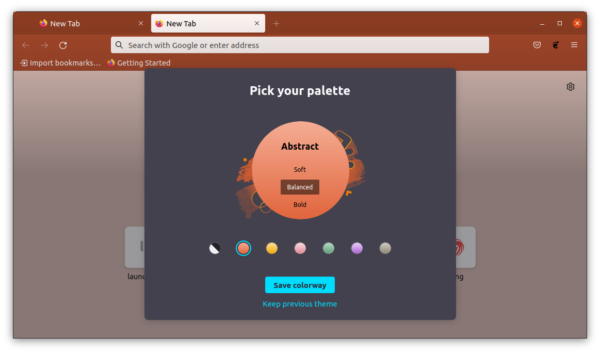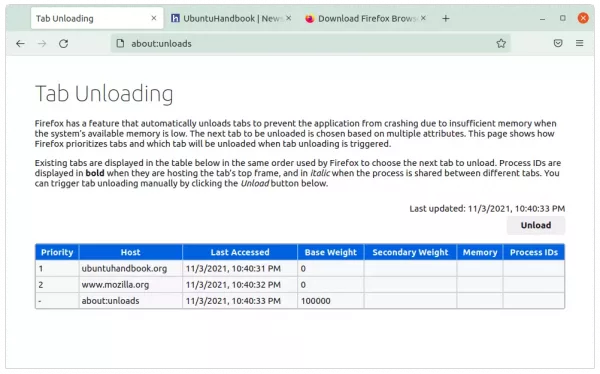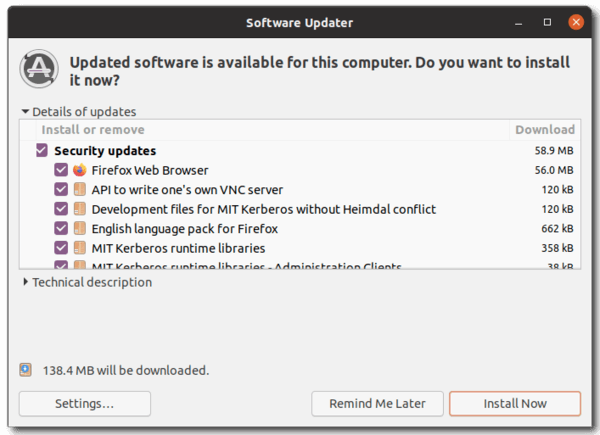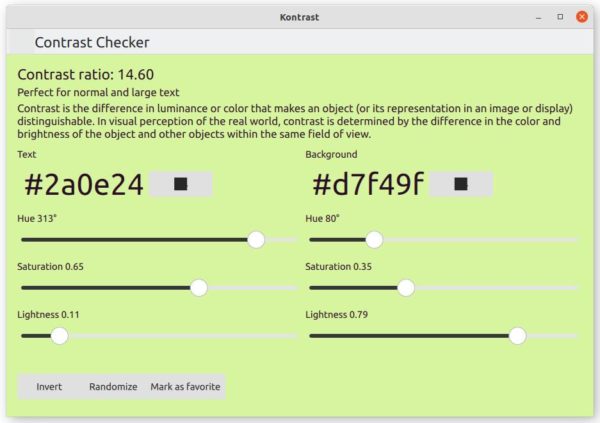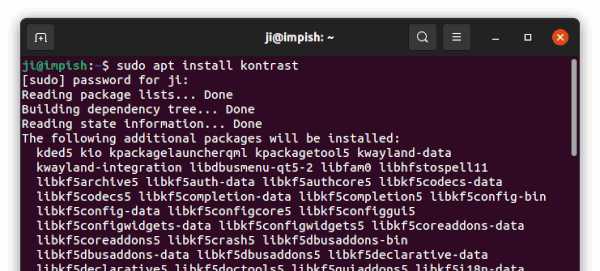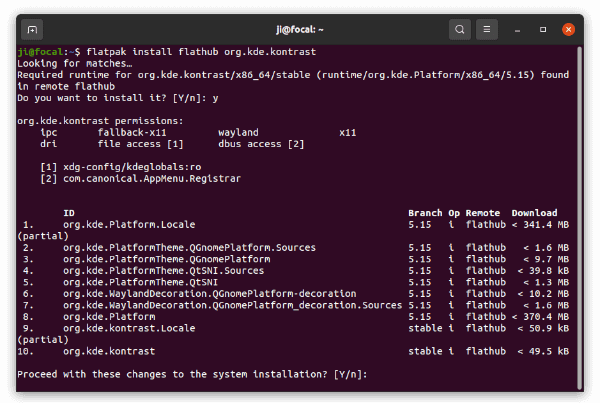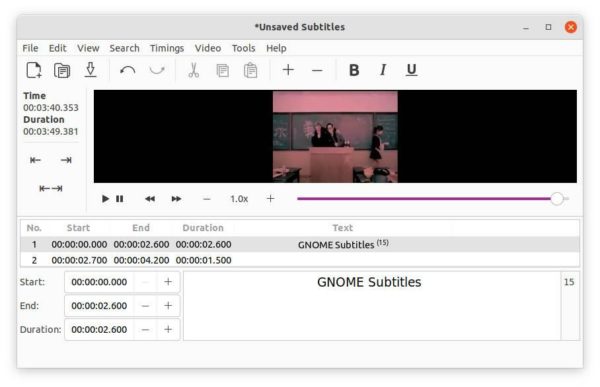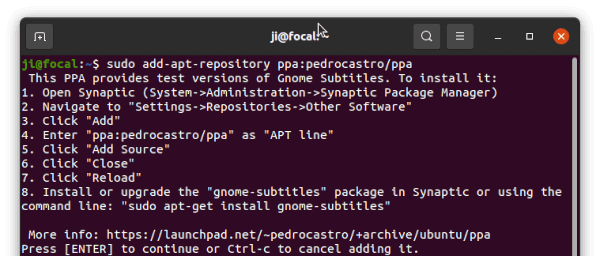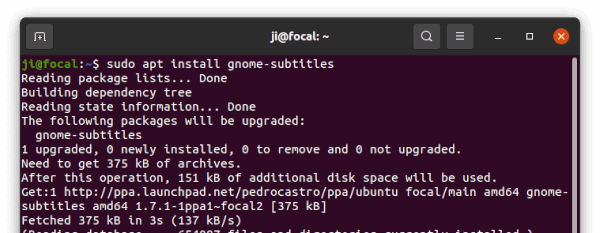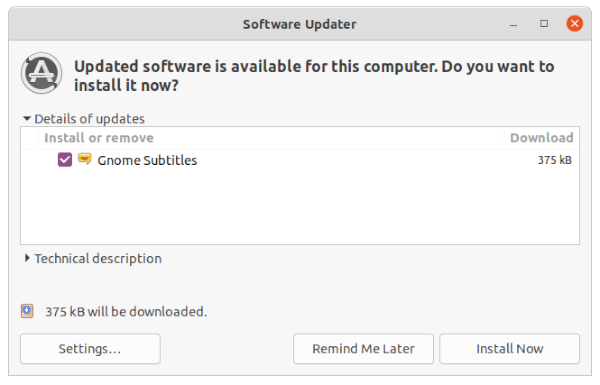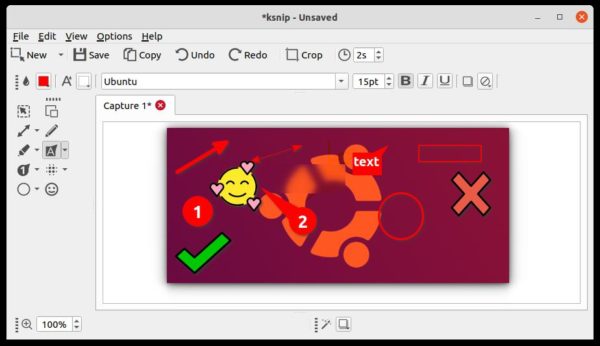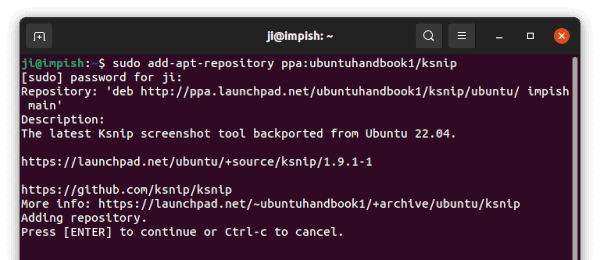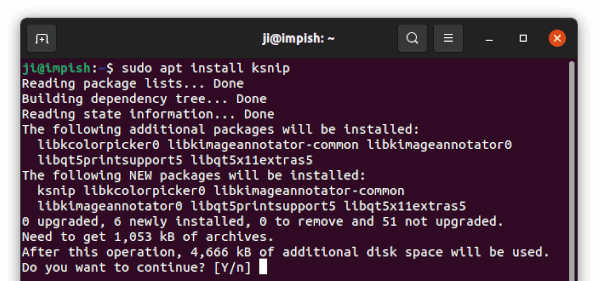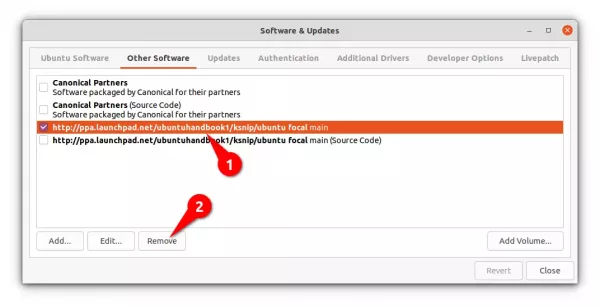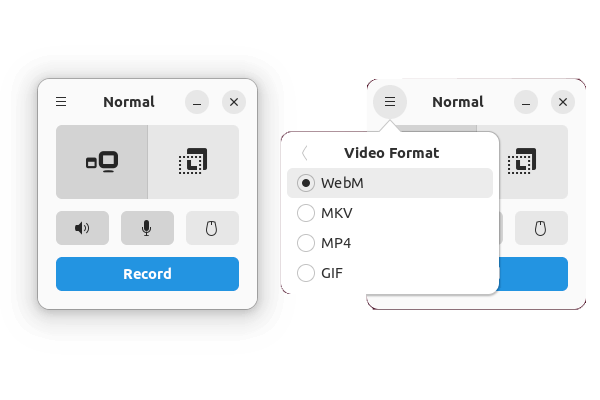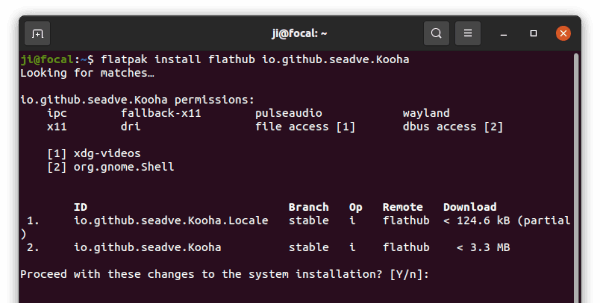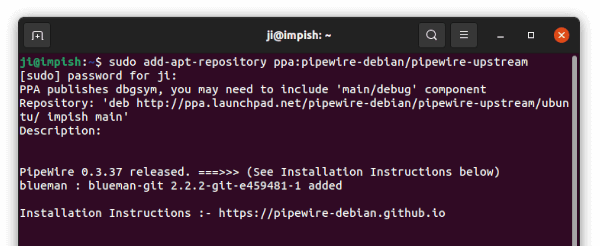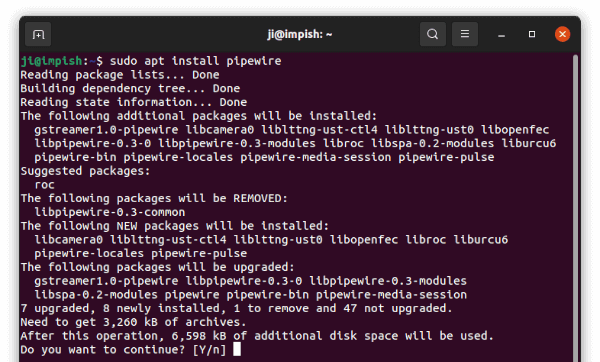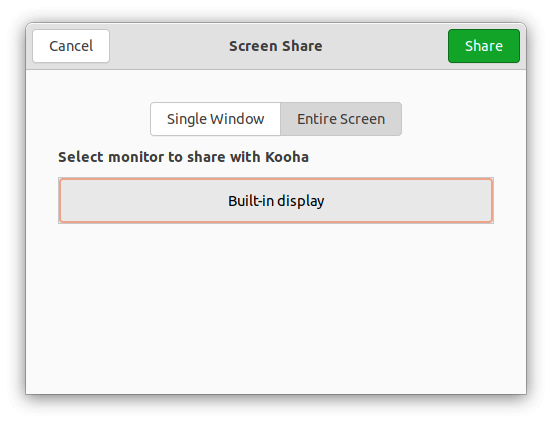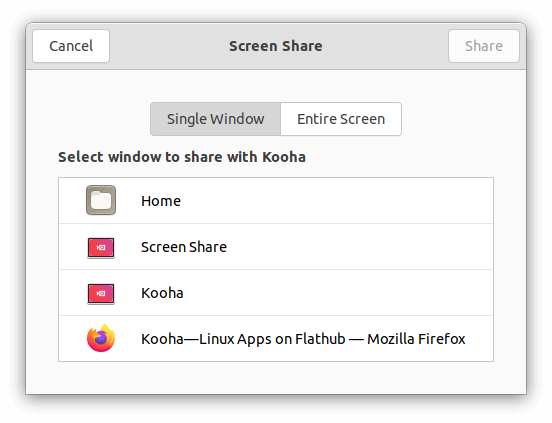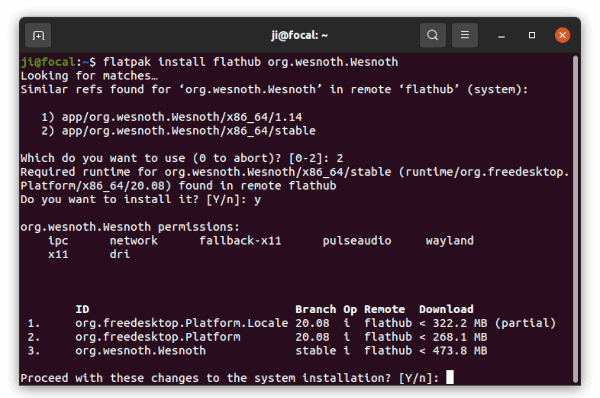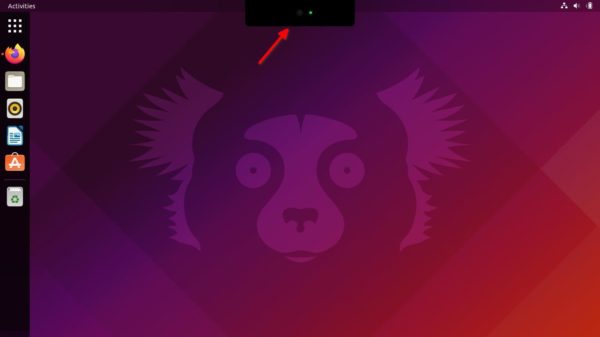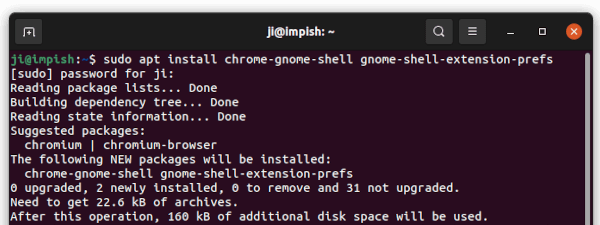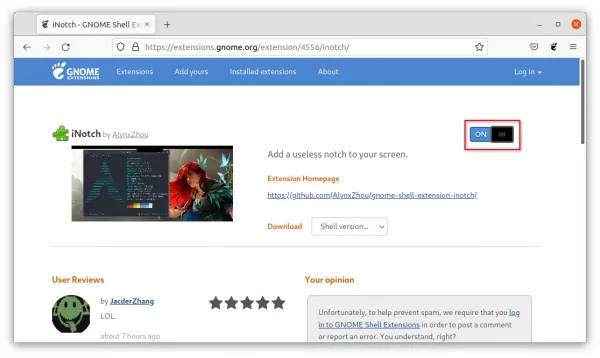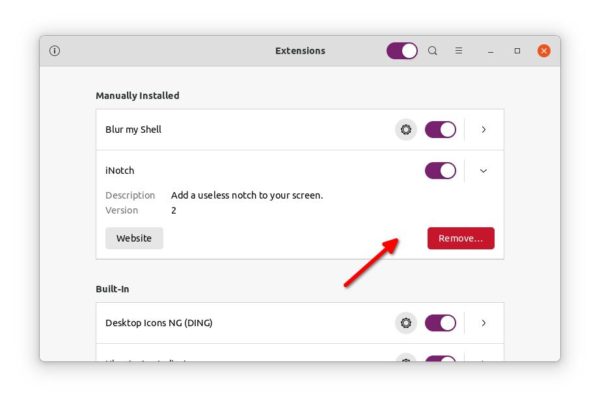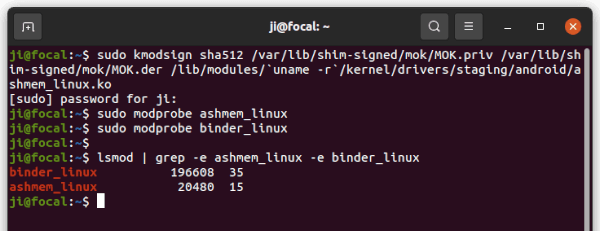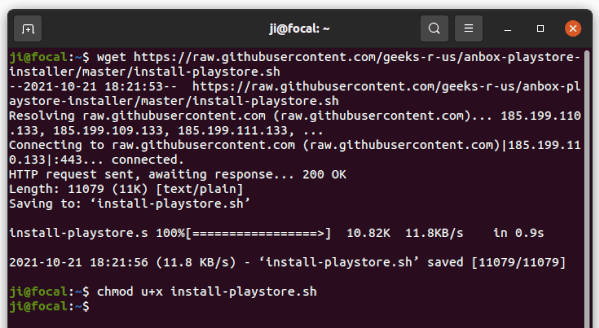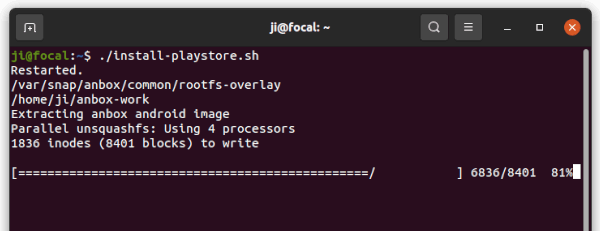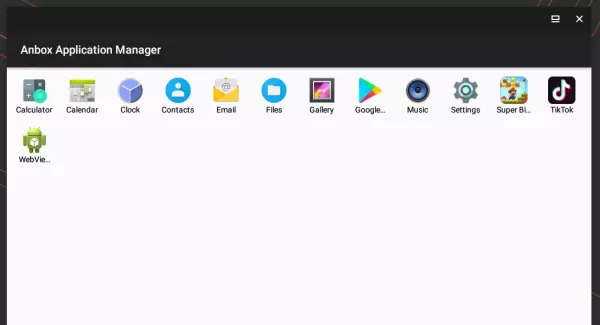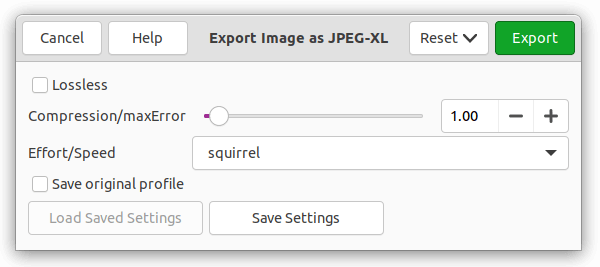Mozilla Firefox web browser released version 94.0. Here’s what’s new.
On the first launch of Firefox 94, a dialog will pop-up allows you to choose between color schemes. By clicking on “Explore colorways“, it allows to choose between 6 color palettes with live preview. And each has ‘Soft’, ‘Balance’, and ‘Cold’ colors to choose from.
For those using Mesa driver >= 21, Firefox 94 now uses the Linux graphics stack EGL instead of GLX. This will increase WebGL performance and reduce resource consumption. Ubuntu 21.04 and Ubuntu 21.10 may have the benefit, though proprietary Nvidia driver is not supported at the moment.
The new Firefox introduced a “about:unloads” page, allows users to manually unload inactive tabs to release system resources. Though it can be disabled by settings “browser.tabs.unloadOnLowMemory” to false.
Other features in Firefox 94 include:
- Firefox macOS now uses Apple’s low power mode for fullscreen video to extend battery life.
- Firefox won’t prompt updates in Windows. Instead, it will download and install updates in background.
- Introduced new Site Isolation security architecture.
- Roll out Firefox Multi-Account Containers extension with Mozilla VPN integration
- No longer warn when closing Firefox using a menu, button, or three-key command.
- Support new Snap Layouts menus in Windows 11.
- Reduced system resource usage and various security fixes.
Get Firefox 94:
For all current Ubuntu releases, including Ubuntu 18.04, Ubuntu 20.04, Ubuntu 21.04, and Ubuntu 21.10. It recommends to wait until the official Ubuntu builds released (check here).
It will be available to install in next few days through “Software Updater”:
For the portable Linux tarball as well as release note, go to mozilla website.



